The view just kept getting better. Rumbling back from the dock, the austere little boat cut through the calm, gray waters, the seats inside holding a smattering of work-weary commuters, most of them entranced by their phones. Alone outside on the stern, I didn’t let the cool breeze cutting across the harbor drive me into the main cabin, and kept up hope that the uncertain skies above would hold, for at least the half-hour I would be on board.
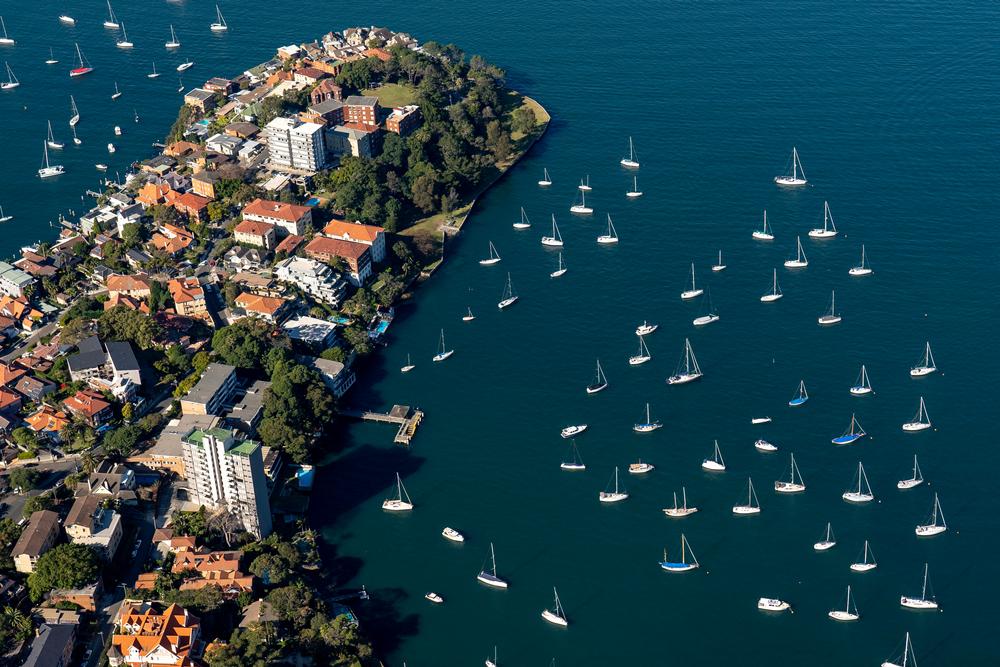
First, the skyline. Above rose the glassy skyscrapers of Australia’s largest city—their faces reflecting back the sunlight filtering through the heavy afternoon clouds—a couple of even taller buildings still under construction. A little further from the shore, the next icon came into view, the Sydney Harbor Bridge, its famous steel archway soaring more than 40 stories, its span stretching some 1,650 feet. And finally, a sight that’s even more unmistakable—the white folds, peaks, and shells of the city’s Opera House, one of the most recognizable places in the world. It’s a view that’s available to anybody with a couple of bucks in their pocket, and the wherewithal to navigate down to Circular Quay.
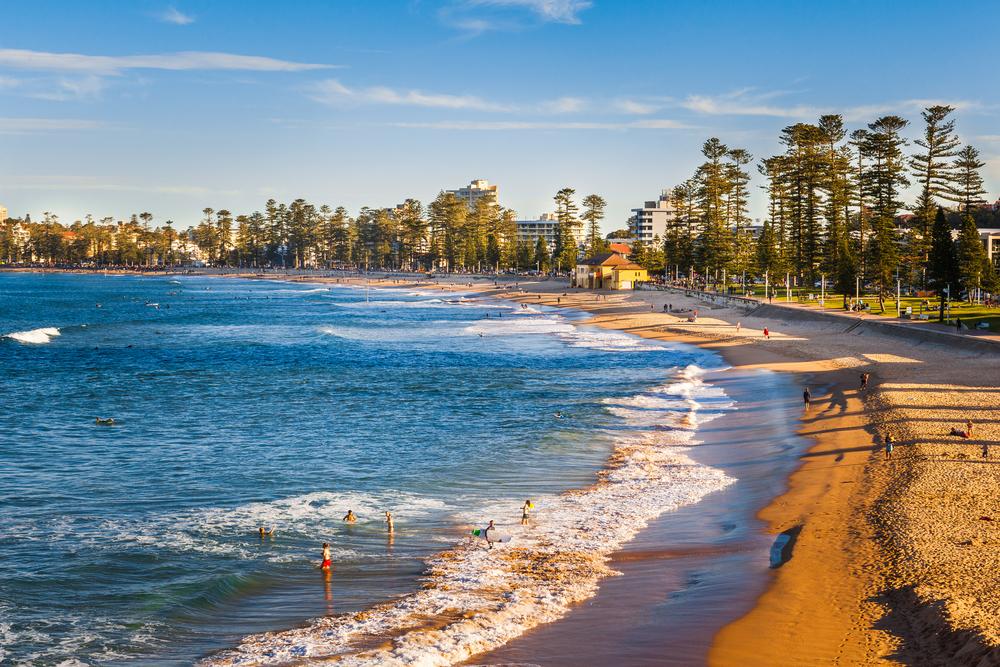
Sydney is a famously fun city, and with Australia reopening to visitors earlier this year, it is again possible to explore its wonders. A big place, home to around 5.3 million in the metro area and covering more than 4,700 square miles, it may seem a little intimidating to a first-time visitor. But as more and more travelers return to the land Down Under, they’ll discover that the best place to start is at the waterline, riding a boat around town.
The first thing you notice upon arrival is that there’s water everywhere. Sydney Harbor is absolutely huge. Approaching from the Tasman Sea on a cruise ship (or any other craft), you’ll proceed past the “Heads”—headlands girding the 1.2-mile entrance to the harbor. From there you can continue to sail for almost 12 miles until you reach the end of it. Technically a sunken river, Sydney Harbor is surrounded by 150 miles of coastline. It is jagged, with peninsulas jutting out, coves and inlets, many filled with marinas lined by sailboats. The shores are lined with beaches, green spaces, and so many different neighborhoods, their streets climbing up and away from the water.
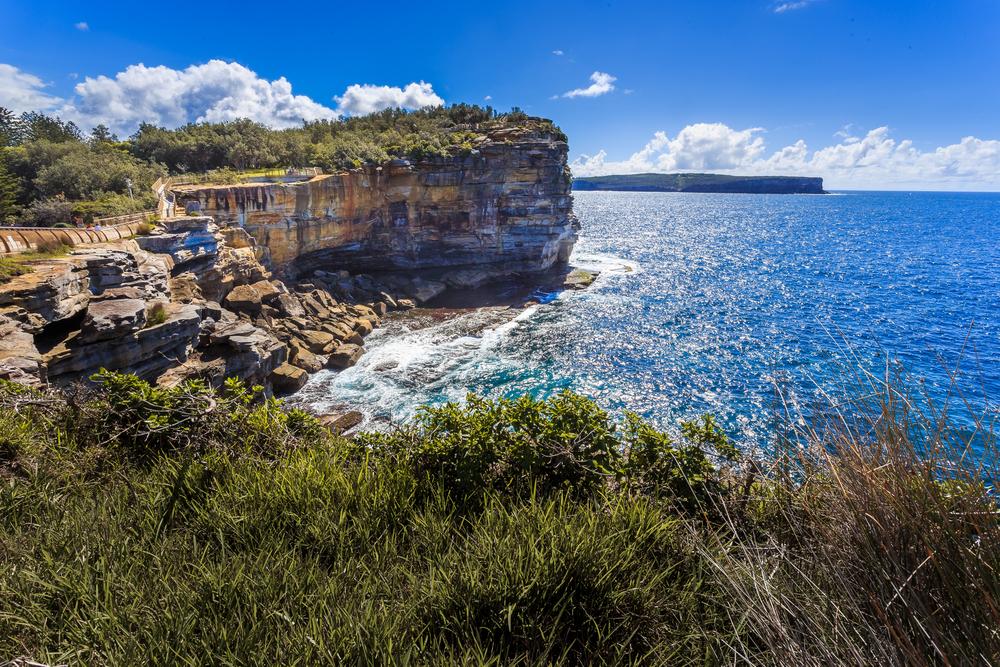
Much of this aquatic playground is accessible by public ferry. Circular Quay, in the Central Business District, feels a little like a busy urban train station, except the locomotives and carriages are replaced by boats of varying sizes. Getting on board is easy—you don’t even need to line up and buy a ticket. Just scan your credit card at the gate on one of the wharves, and a very modest charge will show up on your account in a few days. (You’ll never pay more than $10, and for very short voyages, the fare is often free of charge.)
One of the best places to go? Manly Beach, which feels like a trip to a charming beach town, and only takes about 20 minutes from the heart of the city. Pretty much every ferry passes the Harbor Bridge and the Opera House. The former somehow feels even bigger when you see it in person, from below.
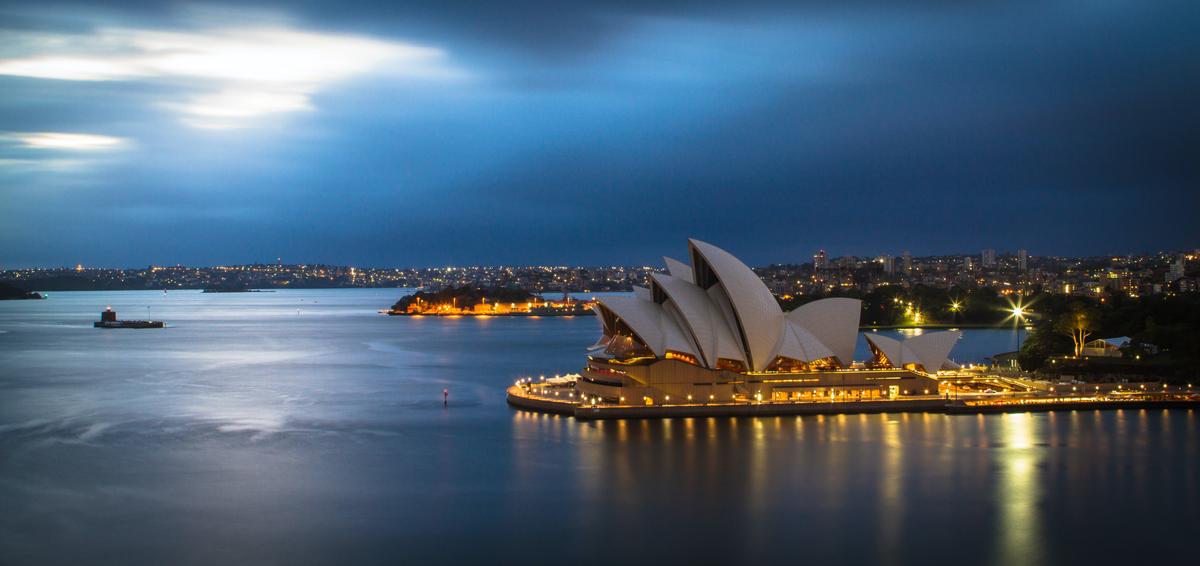
Nicknamed “the coat hanger” by witty locals, this bridge is an absolutely vital link here, carrying trains, cars, bicycles, and pedestrians. Workers toiled for eight years to build it, shaping 53,000 tons of steel and driving 6 million rivets before the bridge opened in 1932. Brave visitors can walk along the top spans on guided tours. (It’s worth it to gather your courage: the view from the top is truly unforgettable.)
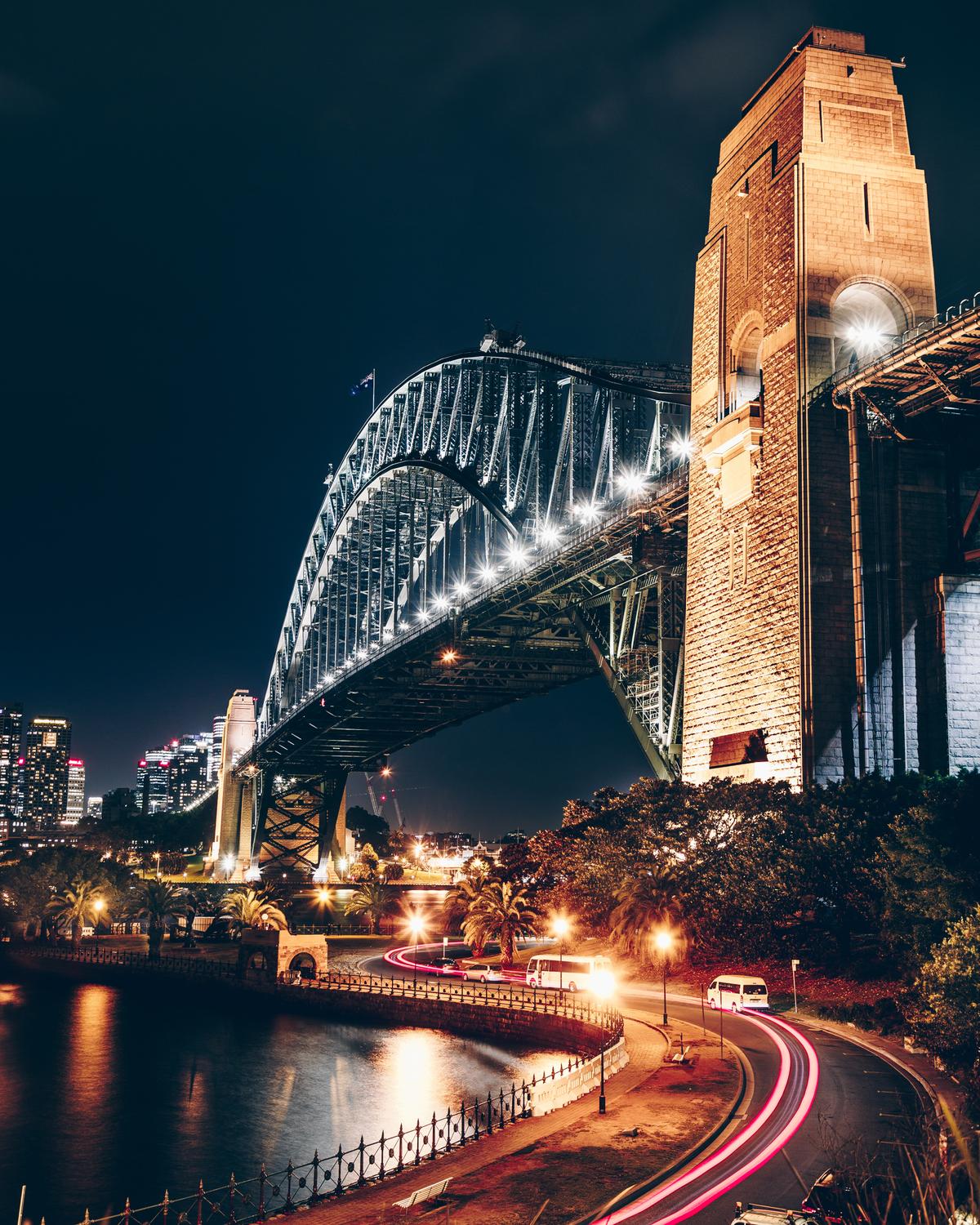
A minute or two later in the voyage, you’ll pass the Opera House. Snap some fantastic photos on the way by—it’s the one place you can be assured that nobody will obstruct your picture, and the place is even more brilliant when you see it rising from the water. When you alight in Manly, grab an al fresco lunch on The Corso, which connects the ferry wharf with the main beach. A boardwalk originally constructed in 1855, it’s long been the beating heart of town, both for locals and tourists, home to shops and theaters. Now it’s a bustling pedestrian mall lined with cafes and restaurants. Linger over a glass of rosé, then walk to the broad strip of sand nearby.
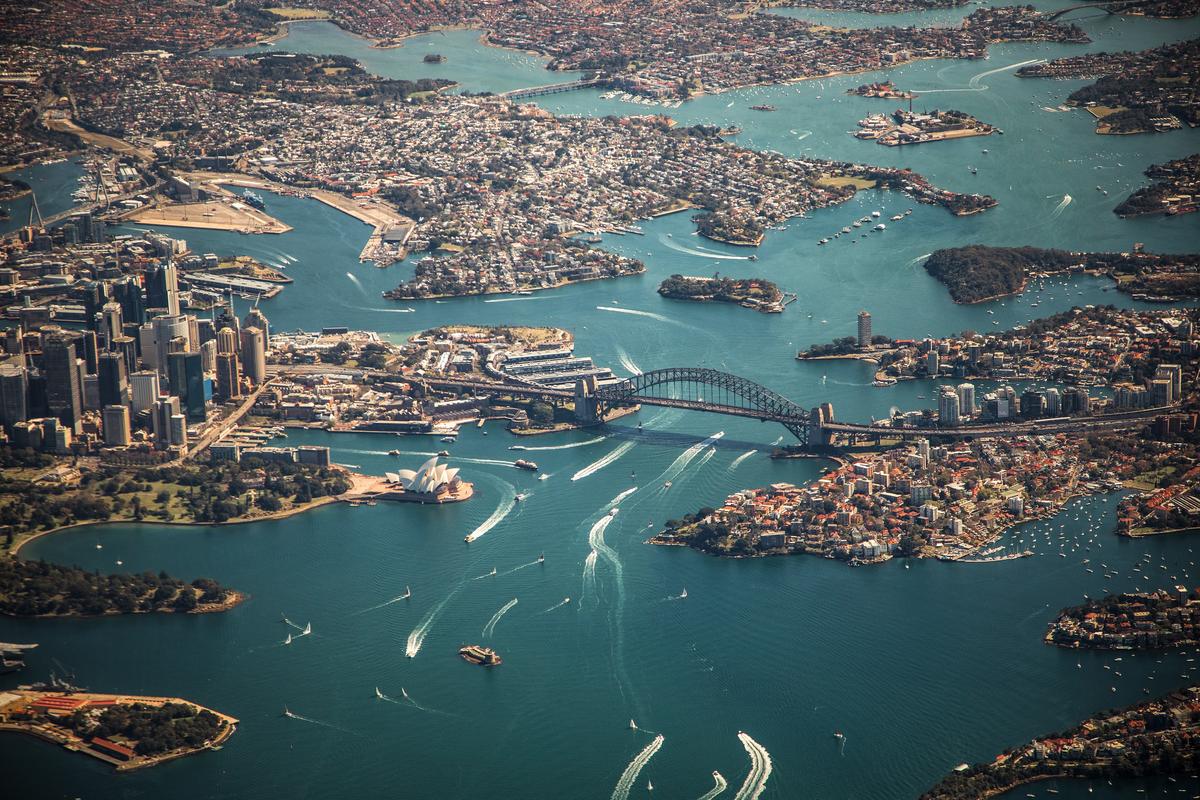
Perhaps a little more tucked-away, but definitely worth the trip, Watsons Bay is one of the oldest fishing villages in Australia. Now it’s a small, mostly residential community with bright cottages, a palm-lined shore, and clear, aquamarine water that feels positively tropical. About 25 minutes from Circular Quay, you can see all the way back to the Central Business District. The view of those distant skyscrapers feels a little surreal, with sailboats in the foreground and waves lapping at your feet. Less than a 10-minute walk through a pleasant neighborhood will take you to Camp Cove, a picture-perfect beach that feels like a secret.
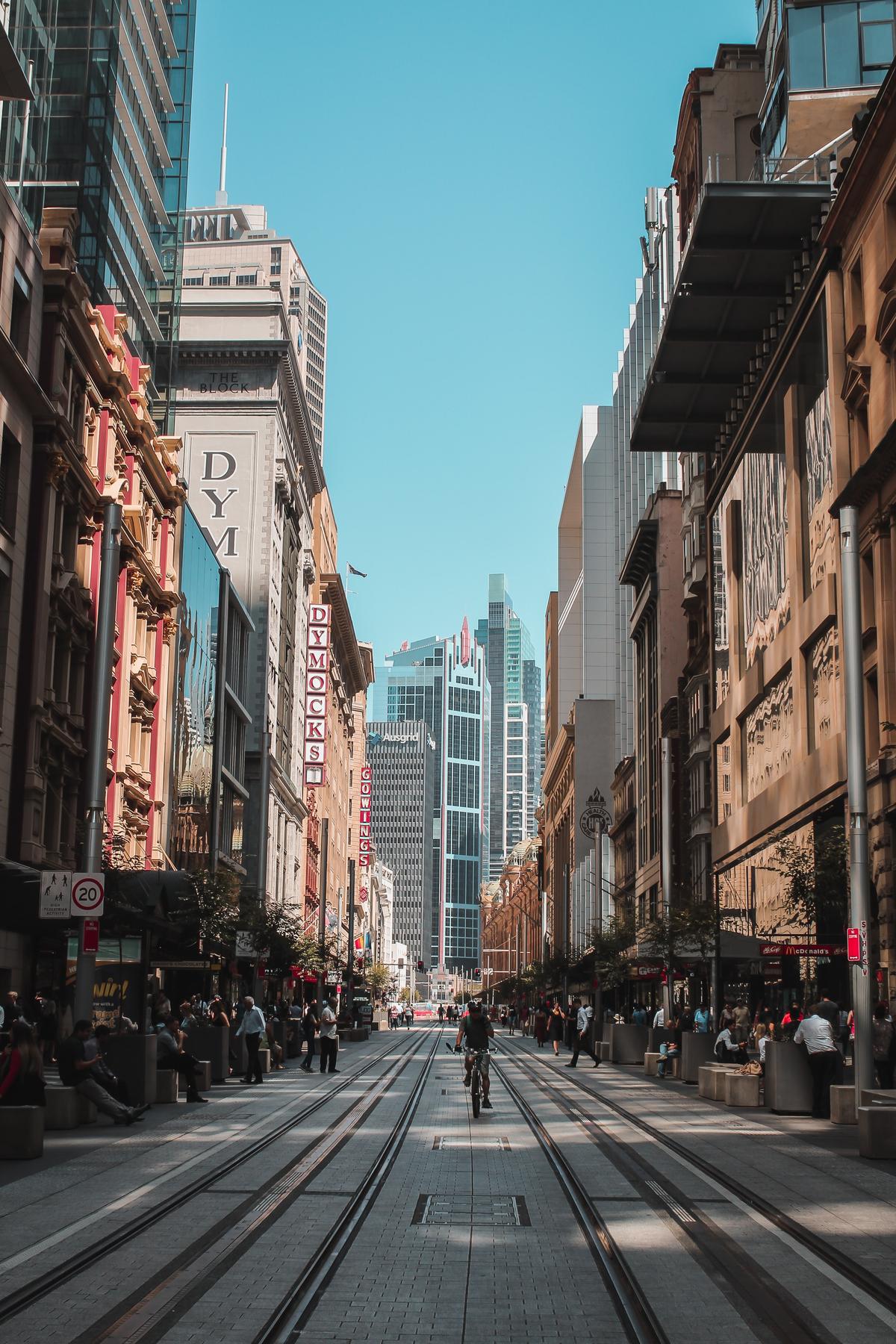
But you really don’t need to go anywhere at all. Under those uncertain skies, as I passed the Opera House, I was only headed to Neutral Bay, a short round-trip, less than a half-hour in total. It was all about the ride, just getting out onto the water. A free ride, as it turned out, and a spectacular one, at that.
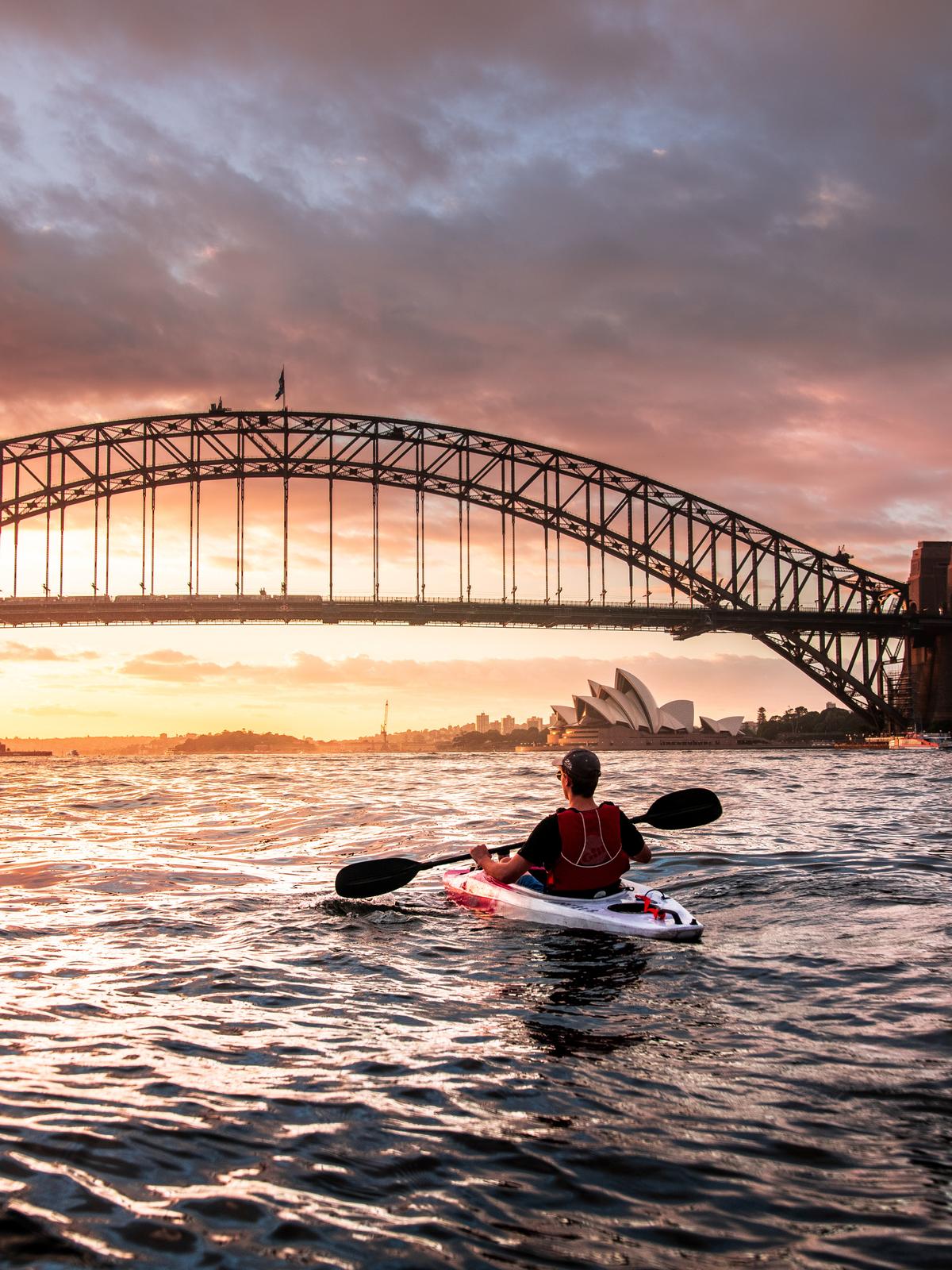

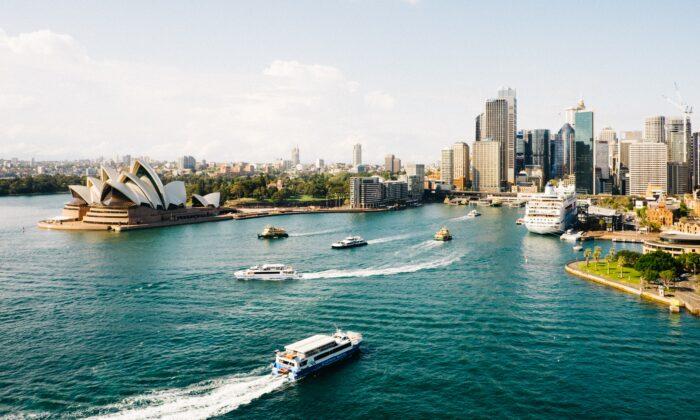
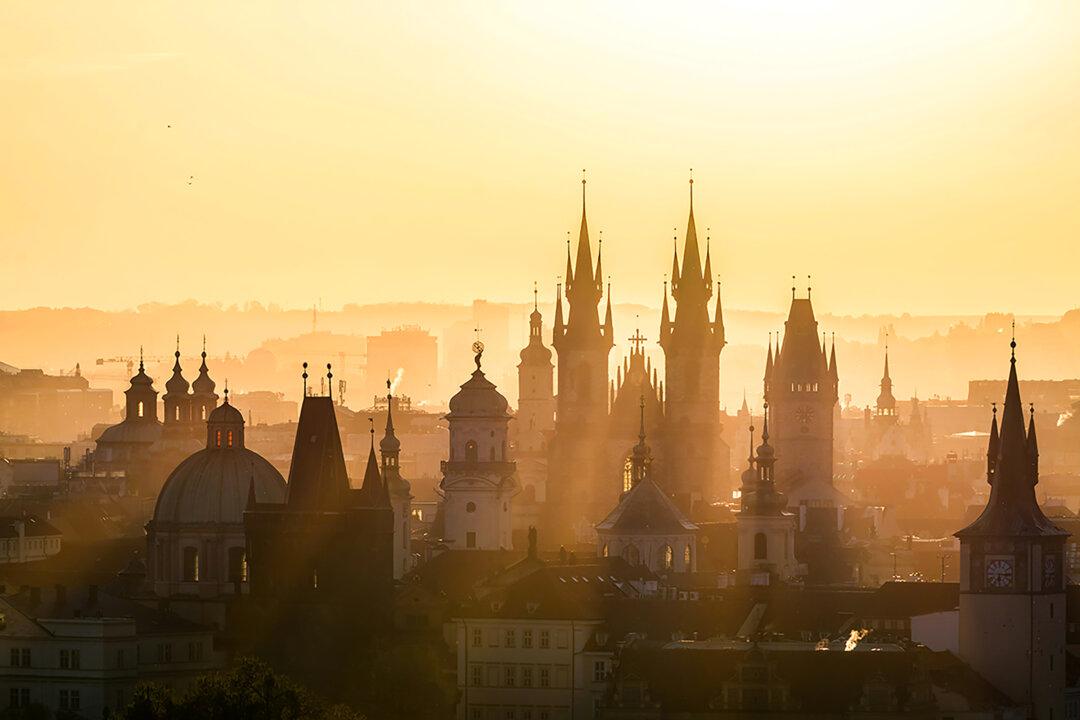


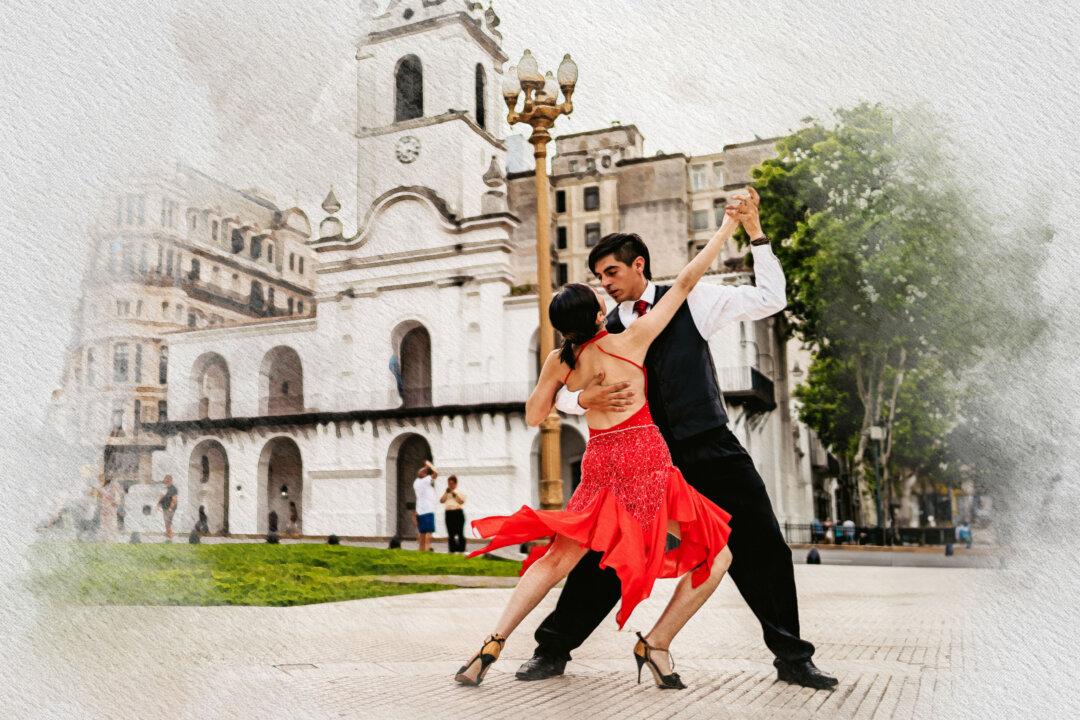
Friends Read Free